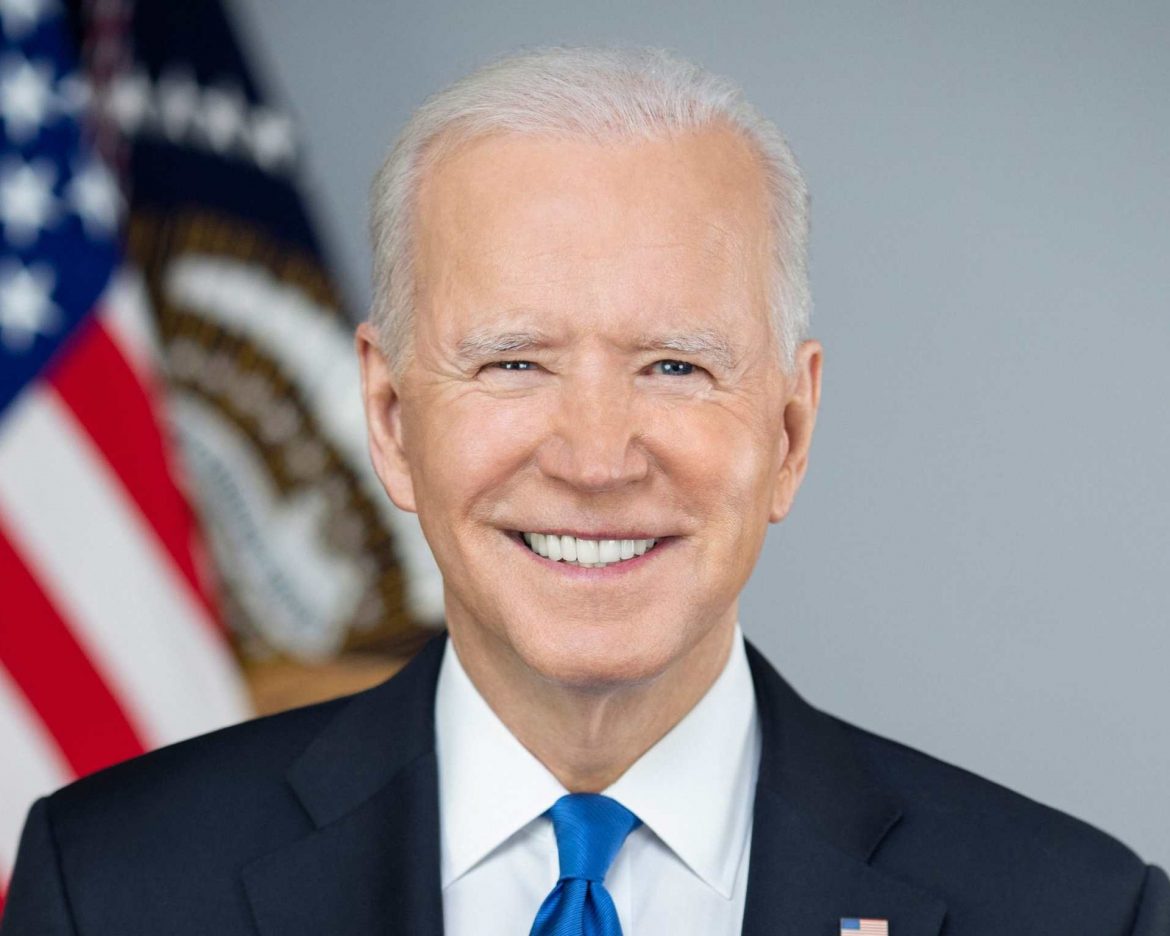The recent U.S. Supreme Court decision to limit federal regulatory powers poses a significant challenge to President Joe Biden’s efforts to curb tailpipe emissions from the nation’s vehicle fleet. The ruling, delivered on Friday, could undermine stringent regulations intended to cut greenhouse gas (GHG) emissions from cars and trucks, according to environmental law experts.
In a landmark 6-3 decision, the Supreme Court overturned the 1984 precedent known as the “Chevron deference.” This precedent required judges to defer to reasonable federal agency interpretations of ambiguous U.S. laws, such as the Clean Air Act. The new ruling complicates the ability of federal agencies to enforce stringent regulations across various sectors, including environmental and healthcare laws.
Vulnerability of emission regulations
Biden’s initiatives to slash GHG emissions from mobile sources, such as vehicles, are now particularly vulnerable. Environmental laws are not explicit about whether regulators have the mandate to target emissions from mobile sources. Sherry Jackman, an environmental litigator and compliance counselor at Greenberg Glusker in Los Angeles, highlighted this ambiguity. She stated, “There have been longstanding debates about whether and to what extent the U.S. Environmental Protection Agency (EPA) has the authority to regulate emissions from mobile sources.”
Transportation: a key target
Transportation is responsible for about a quarter of U.S. carbon emissions, making it a crucial focus for the Biden administration’s decarbonisation efforts. David Pettit, senior attorney for climate and energy with the Natural Resources Defense Council, anticipates that critics will leverage the Supreme Court’s decision to challenge vehicle emission rules. He explained, “One of the ways that industry, particularly the oil industry, is going to try to use the Chevron decision is to say that EPA did not have the legal ability to decide that the Clean Air Act covers GHG emissions from mobile sources, because it doesn’t say that in the Clean Air Act.”
Industry pushback
Automakers, oil companies, and agricultural interest groups have already initiated numerous administrative and legal challenges against Biden’s vehicle emission reduction plans. These groups argue that the new rules would compel all types of vehicles, from passenger cars to 18-wheelers, to transition to electric power. Historically, these groups have successfully diluted EPA tailpipe emission regulations. Some ongoing challenges could be influenced by the Supreme Court’s Chevron decision.
EPA’s position and future actions
A spokesperson for the EPA did not immediately respond to requests for comments. However, environmental groups assert that other significant climate rules by the EPA, including those requiring emissions cuts from power plants, are on firmer legal ground. In recent years, the EPA has attempted to draft regulations without relying heavily on the Chevron deference to avoid legal uncertainties.
Implications for climate policy
The Supreme Court’s ruling could have far-reaching implications for the Biden administration’s climate policy. The decision may embolden critics and industry groups to intensify their opposition to regulatory measures aimed at reducing vehicle emissions. As the administration seeks to transition the economy towards greener energy sources, the legal landscape now presents a formidable obstacle.
The Supreme Court’s decision to limit federal regulatory powers has introduced significant challenges for President Biden’s climate agenda, particularly regarding vehicle emissions. With transportation being a major source of carbon emissions, the administration will need to navigate a complex legal environment to achieve its decarbonisation goals. Environmental groups and legal experts will be closely monitoring the administration’s next steps as it seeks to uphold its commitment to fighting climate change.



